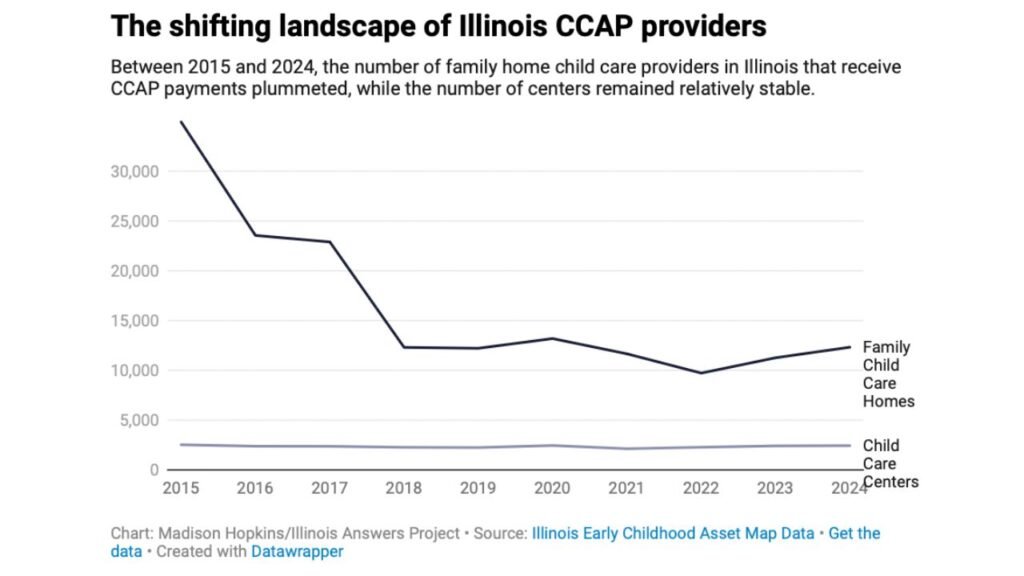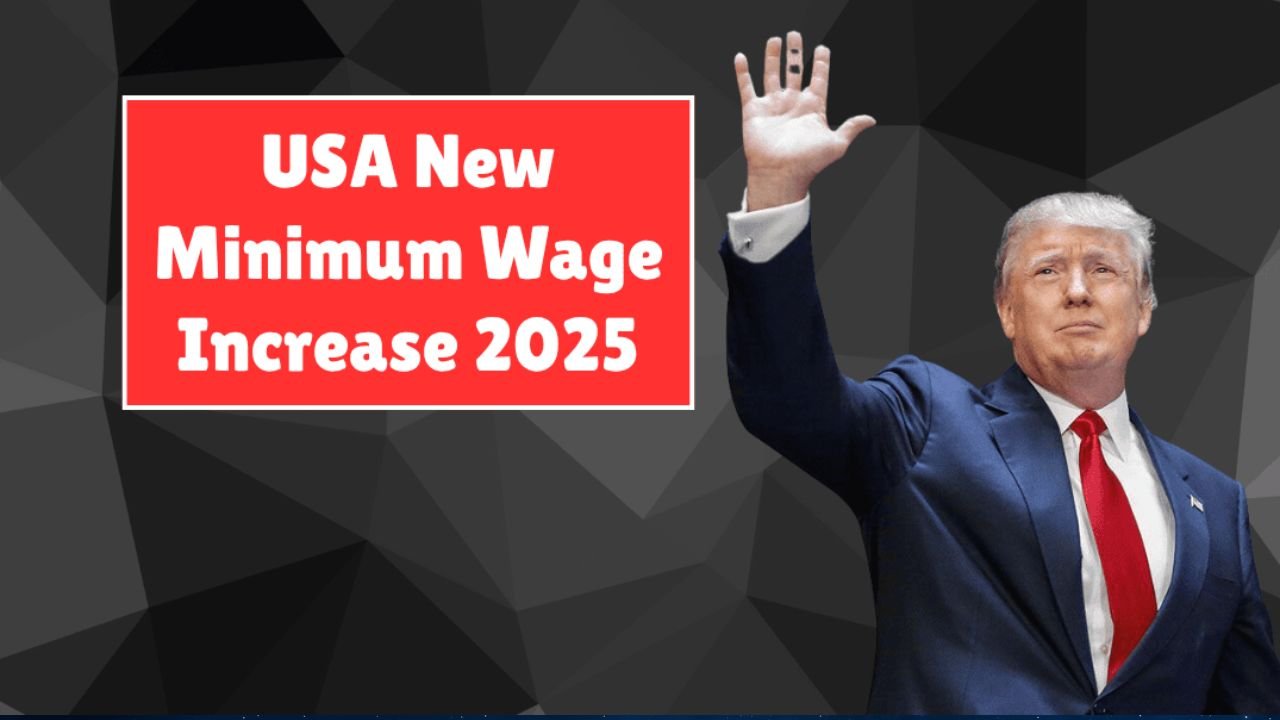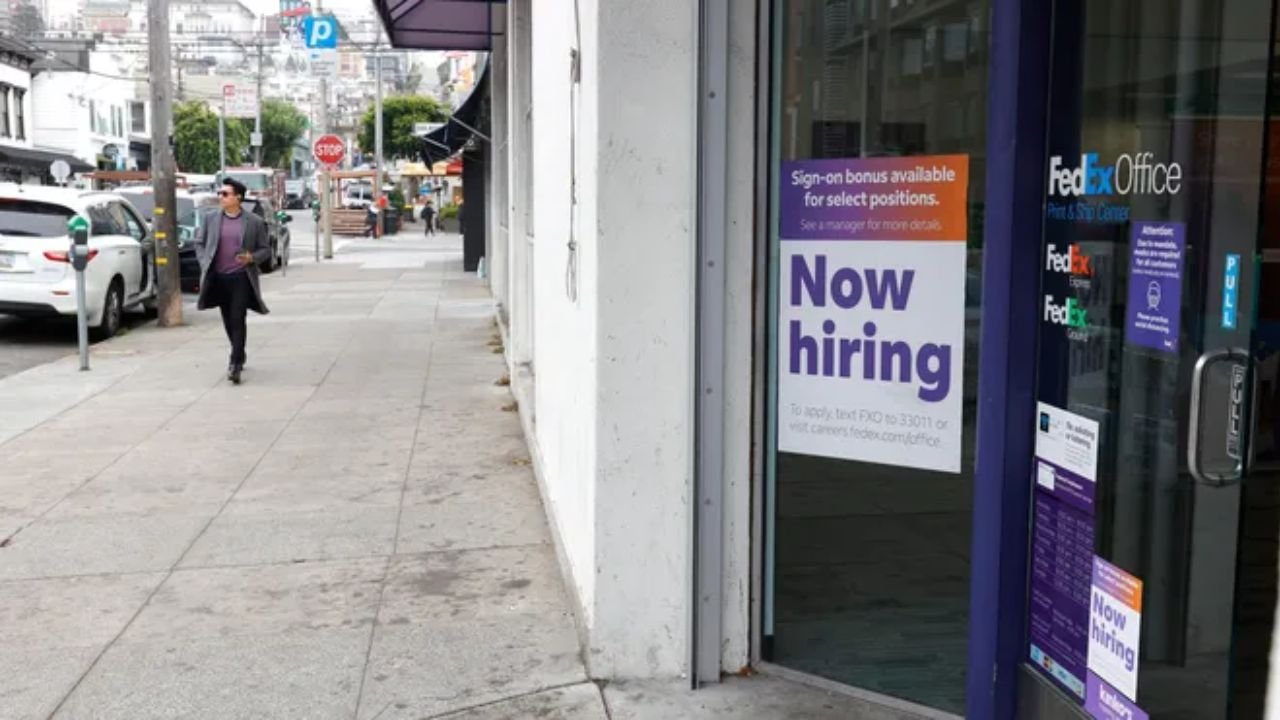CHICAGO — For working parents across Illinois, finding affordable child care isn’t just a household challenge — it’s become a financial emergency. Despite Illinois’ substantial investment in the Child Care Assistance Program (CCAP), tens of thousands of families remain ineligible or under-supported due to outdated rules, low income thresholds, and inconsistent application systems.
For parents like Ana Garcia, who works full-time at a Chicago grocery store and earns just above the income cut-off, the gap between eligibility and affordability is devastating. “I make too much for help but not enough to pay $1,200 a month,” she said. “We’re at the mercy of child care.”
Illinois’ CCAP: Lifeline With a Catch
The Illinois Child Care Assistance Program (CCAP) is designed to help low- and moderate-income families afford child care while parents work or attend school. It covers a portion of daycare or in-home care costs, scaled by income. But many say the system hasn’t kept up with the realities of inflation, modern work schedules, or household complexity.
-
Illinois has one of the lowest income thresholds in the Midwest to qualify for full assistance.
-
According to the Center for American Progress, a two-parent family earning more than $45,000 annually often sees dramatically reduced aid or no help at all.
-
Meanwhile, child care costs in Illinois average over $13,000 per child per year, according to the Economic Policy Institute.
Working parents often face a lose-lose decision: reduce work hours to qualify for aid or work more and lose child care support.
The Gap Between Policy and Reality

State officials tout the growth in CCAP funding over the last decade, especially under the Illinois Department of Human Services (IDHS). However, program access remains inequitable and inconsistent.
Key challenges:
-
Hard eligibility cliffs: Families earning $1 more than the cut-off lose most or all benefits.
-
Complex documentation and re-certification processes deter working parents.
-
Lack of provider participation, especially in low-income and rural areas.
Illinois’ child care network is shrinking. Since the pandemic, over 600 licensed child care providers have closed statewide, creating access deserts even for families who do qualify.
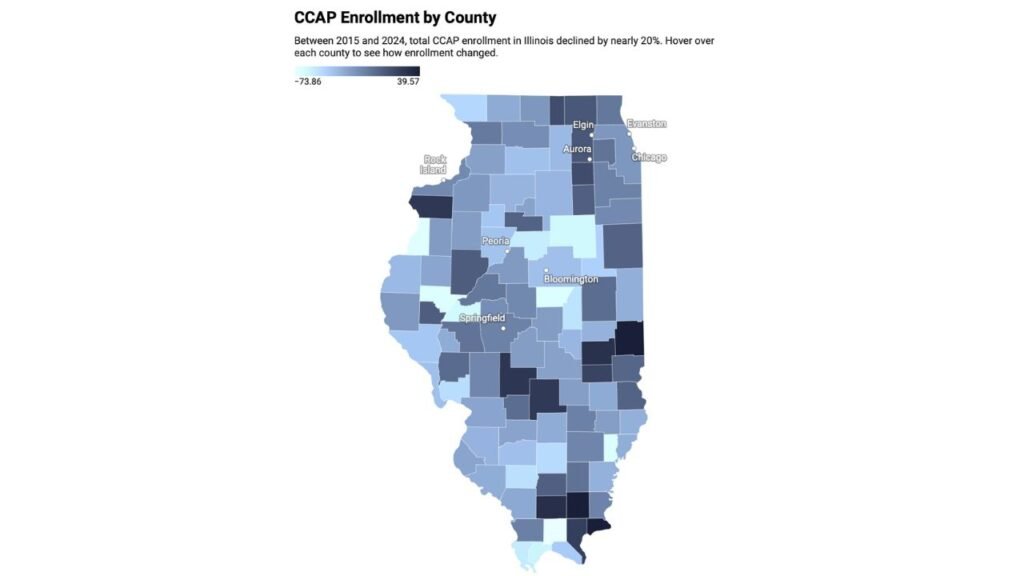
Families Speak Out: ‘It Feels Like Punishment’
Single parents and low-wage workers are among the hardest hit.
“They said I had to choose between my job or my kids,” said Tiana Davis, a nurse assistant from Joliet. “But if I don’t work, we don’t eat.”
Tiana applied twice for CCAP and was denied because her hours fluctuated due to shift-based hospital scheduling. She now pays nearly half her income for private care.
Another family from East St. Louis was removed from the program after receiving a small raise — just $150 a month — pushing them past the eligibility ceiling.
These stories are not isolated. A 2023 report by the National Women’s Law Center notes that over 62% of working families in Illinois who need child care assistance don’t receive it.

Who Is Being Left Out — And Why It Matters
| Group Affected | Why They’re Excluded |
|---|---|
| Working poor (2 incomes) | Slightly above threshold but still strained |
| Shift workers | Unpredictable hours don’t match eligibility documentation |
| Immigrant families | Fear of data-sharing or ineligibility due to status |
| Parents in rural areas | Fewer approved providers nearby |
Beyond individual hardship, lack of access to affordable child care limits workforce participation, particularly among women. Economists estimate Illinois loses hundreds of millions in productivity annually due to inconsistent child care access.
Where Is The Money Going?
Illinois allocated over $800 million in FY2024 toward early childhood programs, including CCAP. But only a fraction goes directly to families in crisis.
Policy critics argue:
-
Too much funding is routed through intermediaries and administrative layers.
-
Funding models prioritize “capacity-building” over direct assistance.
-
Families face months-long waitlists even after initial approval.
Programs like Preschool for All and Ready to Learn exist, but often require parents to leave work mid-day or only offer part-time care, which doesn’t help working families.

Proposed Reforms: What Advocates and Lawmakers Are Pushing For
Organizations like Start Early, Illinois Action for Children, and Child Care for All have proposed the following:
-
Raise CCAP income eligibility to reflect regional cost-of-living
-
Streamline applications with one-stop digital portals and less red tape
-
Fund provider training and wages to expand available child care options
-
Eliminate the “benefit cliff” by phasing out support more gradually
-
Guarantee subsidized care for children under 5 for all working families
State Rep. Delia Ramirez has introduced a bill that would expand eligibility to 300% of the federal poverty line and fund new pilot projects across Cook, Will, and Champaign counties.
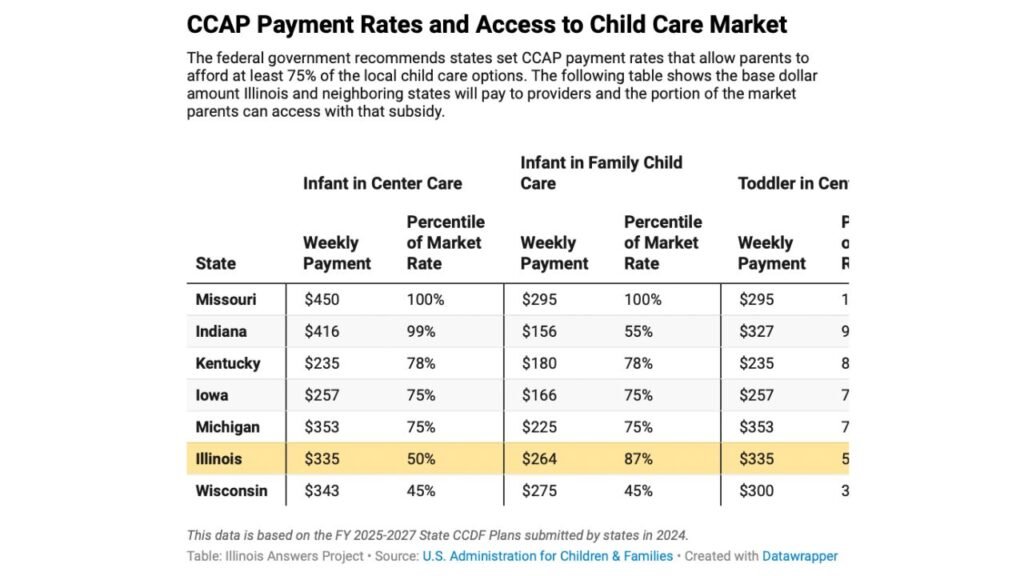
What Parents Can Do Now
Until reform happens, families can take steps to access help where it exists.
Resources:
-
Check Illinois’ CCAP page to review eligibility
-
Use Illinois Cares for Kids to find licensed providers
-
Explore emergency grants from YWCA or Chicago Foundation for Women
-
Contact your local Child Care Resource and Referral Agency (CCR&R)
Conclusion: A System in Need of Repair
Illinois families are not just seeking child care — they are demanding a fair shot at working and raising children without going broke. The current system excludes thousands through no fault of their own. For a state that claims to support working families, many residents say Illinois is falling short.
Unless structural changes are made to remove cliffs, modernize requirements, and expand provider networks, child care will remain a silent crisis harming families, the economy, and children’s development alike.
Have you been denied child care assistance in Illinois? Or are you struggling to afford care while working full-time? Share your experience with us at ChicagoSuburbanFamily.com — and explore more stories that affect your daily life.


